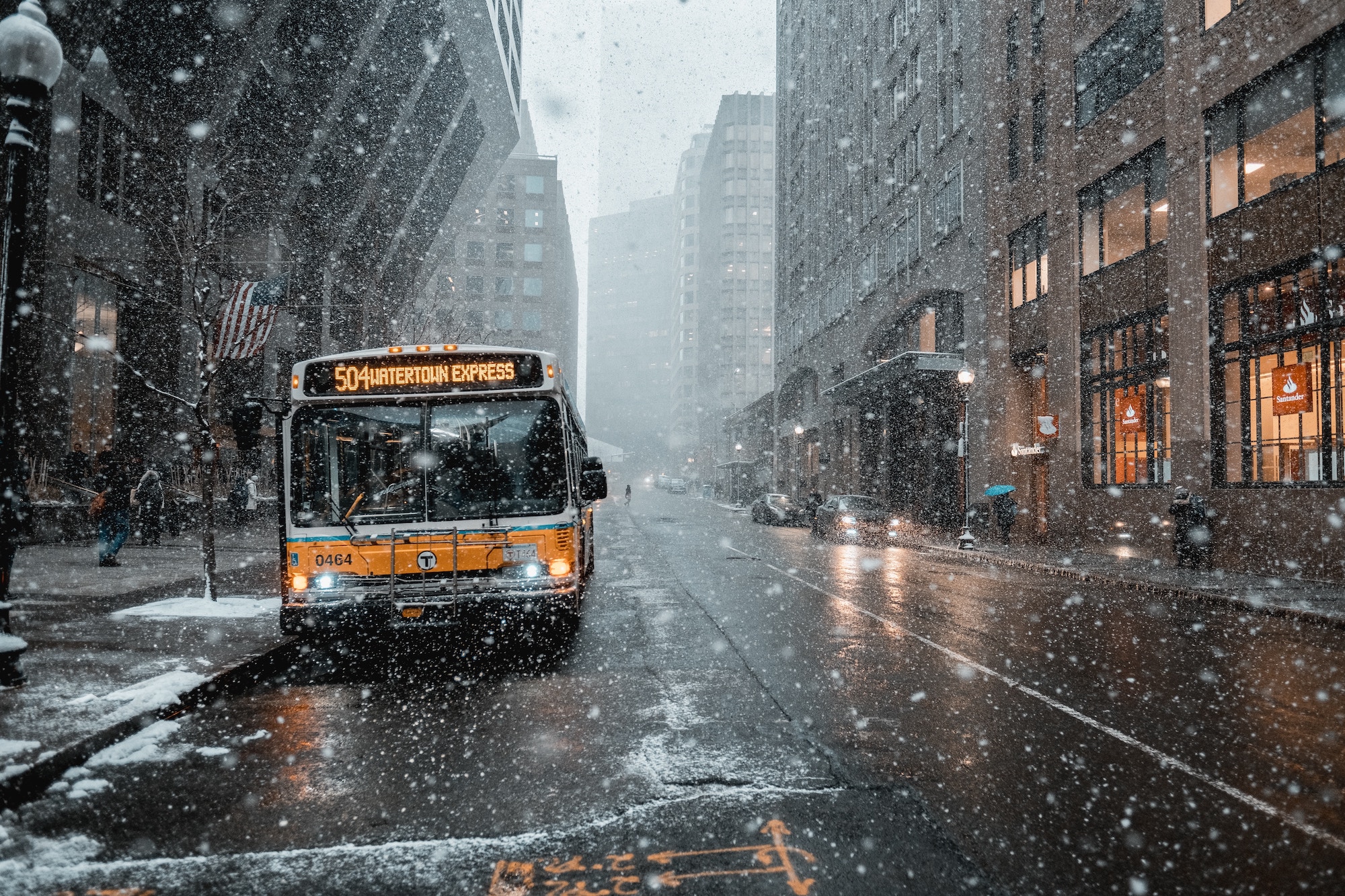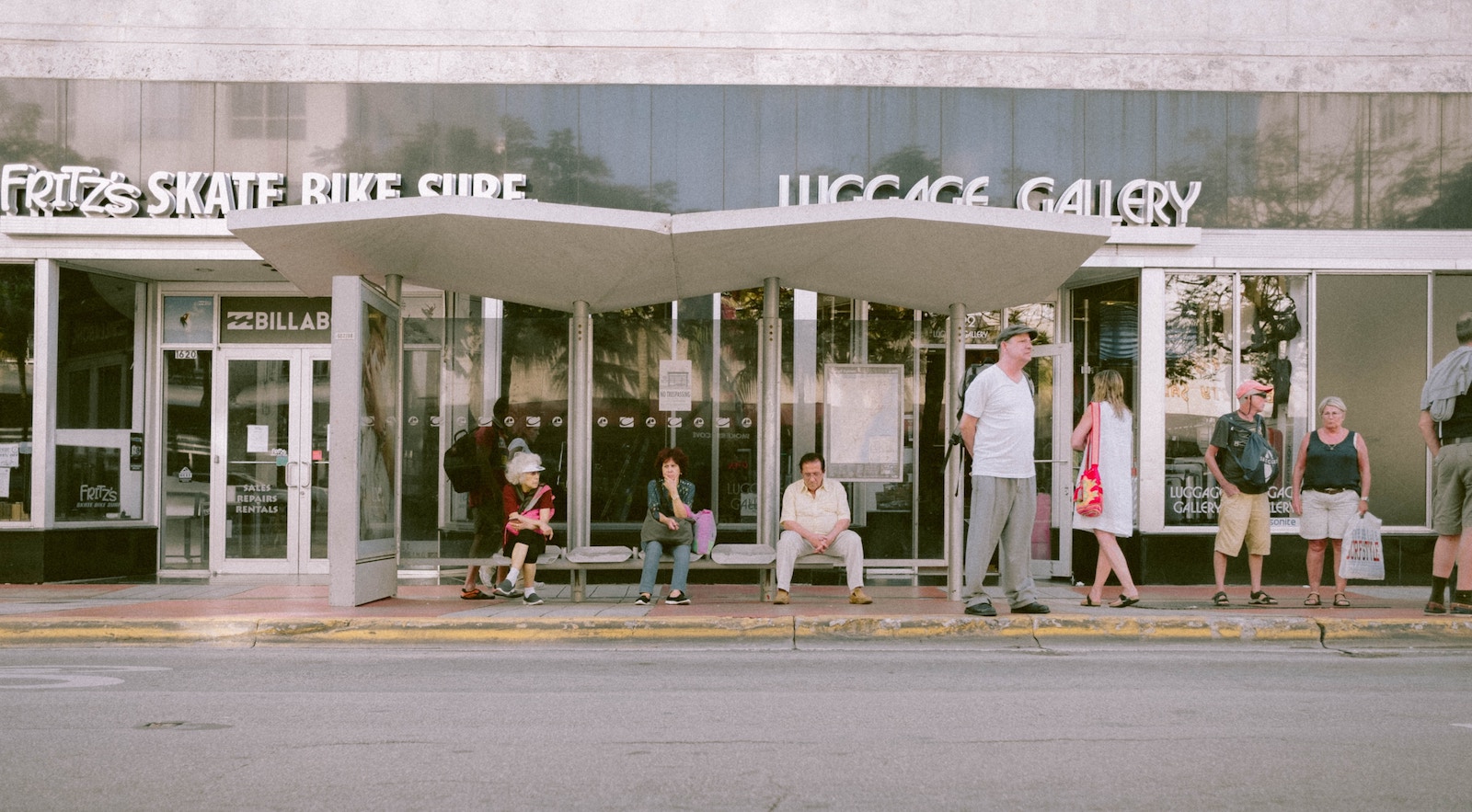Free public transportation as an approach is gaining traction across the world and the United States with the goal of supporting low-income riders and reducing car usage. But even as cities adopt public transportation, they struggle to find sustainable funding sources, and experts worry that efforts might have the opposite of the desired impact by degrading service quality.
Free transit in over 100 cities
Today, some 100 cities around the world offer free transportation. In 2020, Luxembourg became the first country where the countries’ entire transit system can be accessed free of charge. Kansas City was the first city in the United States to implement free fares for everyone, moving from an effort to give free rides to veterans and expanding it to everyone. Boston, and Olympia, Washington have implemented similar schemes, while other cities, like San Francisco, provide time bound or targeted free fares to particular demographics.
Increasing access and ridership
Advocates argue that eliminating fares addresses social inequalities and provides a public good for everyone. They argue that the approach reduces financial burdens on low-income people; Americans spend a whopping 15% of their budget on average on transit. Without access to public transportation, research shows that people don’t access other critical services like healthcare.
For some mayors, free or reduced fare measures have also been employed to get more riders back on public transit after COVID-19, and to encourage people to travel back to urban centers. And advocates tout another key benefit of free public transit: they believe that it can reduce car ownership and thereby emissions by encouraging more people to take the bus.

So far, results are mixed
Unfortunately, the short-term nature of many free fare projects means they don’t yield very substantive data on whether or not the approach works in the longer-term. Ridership does generally seem to increase, but sometimes at the expense of other challenges like overcrowding as seen in Germany. And while more people are riding, the data is fairly consistent that free fares don’t seem to have an impact on reducing car use, congestion, and emissions. Research in Estonia and elsewhere found that increases in ridership often came from those who would otherwise walk or cycle rather than from drivers.
And the high cost of sustaining these programs means it’s tough to find ongoing and long-term funding. In Spain, some train lines have been made free on a temporary basis, which will be covered by a 7 billion euro windfall tax on companies and banks being implemented to ease cost of living pressures. In the U.S. most free fare efforts are short-term projects subsidized by federal funds. Kansas City is now facing challenges finding more sustainable funding, and are looking into acquiring funds from health insurance companies and a social service agency.

Skeptics call for an emphasis on quality instead of cost
Based on their research into the topic, transportation foundation Transitcenter takes the position that free fare isn’t as impactful in achieving its goals as improving the quality of service would be. According to their research, low-income riders care more about the quality of service than it being free. When transit is plagued by delays or has infrequent service, it can lead to more substantive financial penalties than a ticket, such as lost jobs or childcare fees.
Some view free fares with cynicism, as a way to distract voters with a shiny, quick fix, instead of taking more meaningful action to address crumbling infrastructure and belabored public transit systems. In the U.S., public transit faces low public support and high resistance to supporting it through tax dollars. Nicholas Bloom, Professor of Urban Policy and Planning at Hunter College, argues that positioning transit as a public good is disingenuous. He calls for us to view it as a utility, like electricity, which should be available at an accessible price for everyone, which might mean free for some but not others.
So what are the alternatives?
Targeted free fare is a great tool to have available, with full recognition of its limitations. It can be a useful temporary measure for reducing financial burdens for populations facing high inflation, for example. It can also be used on certain lines serving disadvantaged areas, or for certain demographics.
“San Francisco is expanding free rides on its Muni bus service to all children under 18, after launching a pilot program targeting low-income youth. By offering free fares to a specific demographic more likely to use transit, the city can expand access to those who need it most,” Quartz noted in 2021. Fair fare approaches, or encouraging employers to subsidize public transit are other options to reduce costs.
Improving quality of service overall is critical, and can be done in conjunction with reduced or free fares. For example, Alexandria, Virginia eliminated bus fares while also redesigning the network to make service more frequent. “More than 72% of low-income Alexandria residents will have frequent access to transit as a result of the change, up from 29% before, according to a statement from DASH.”
Given existing data, it seems clear that free transit alone isn’t enough to reduce car use. Focused efforts such as increasing parking fees, congestion pricing, and removing street parking and replacing it with lanes for buses can help discourage people from driving. Continued data from experiments with free public transit, longer-term data.
Read more from Sustainable America about public transportation: Why Doesn’t the US Have Better Public Transportation?
